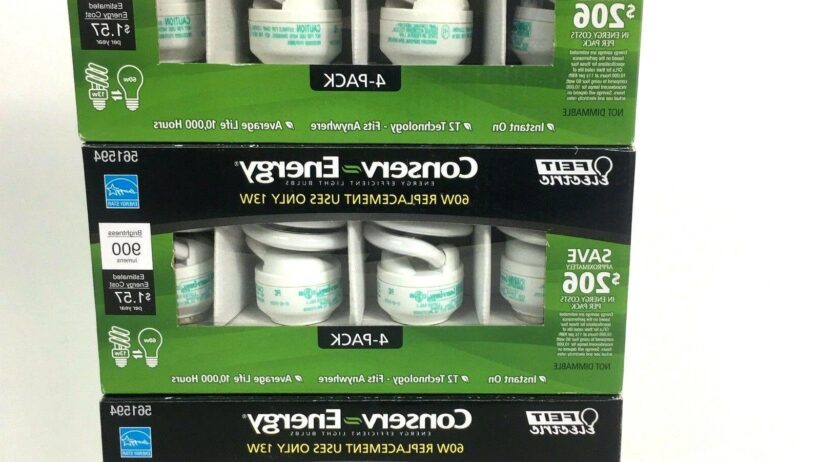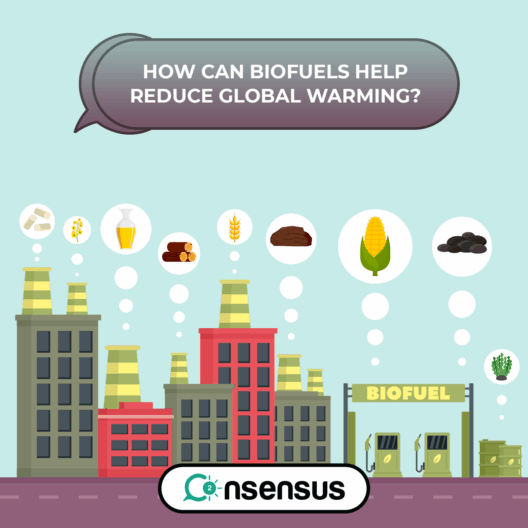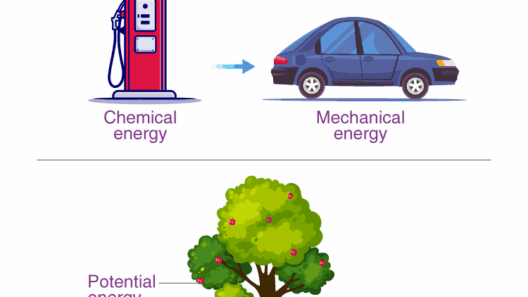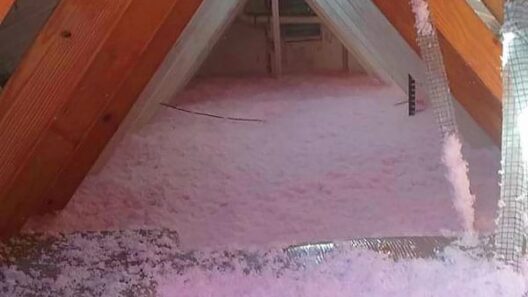As environmental consciousness proliferates globally, the way we dispose of everyday items has come under increased scrutiny. One such item, often found in homes and businesses, is the energy-efficient light bulb. While these bulbs, including the Conserv-Energy Light Bulbs, are lauded for their ability to reduce energy consumption, they do pose specific disposal challenges. Understanding how to properly dispose of them not only protects the environment but also adheres to local regulations.
First, it is essential to comprehend the composition of Conserv-Energy Light Bulbs, as they contain materials that require careful handling. Unlike traditional incandescent bulbs, energy-efficient options may contain trace amounts of hazardous materials. For instance, compact fluorescent lamps (CFLs)—a common type of energy-saving bulb—include small amounts of mercury, a heavy metal that poses significant risks to both human health and the ecosystem.
So, what does this mean for disposal? Responsible management of Conserv-Energy Light Bulbs necessitates a shift in perspective: from merely throwing them away to recognizing them as items requiring special attention in their end-of-life phase. A paradigm shift is needed. By consciously choosing eco-friendly disposal methods, individuals can mitigate potential environmental hazards and contribute to sustainability efforts.
The first step in responsible disposal is to check local regulations regarding light bulb disposal in your area. Many regions have specific guidelines due to the presence of hazardous materials. Often, municipalities have established recyclables collection programs that include energy-efficient bulbs. Researching local waste management resources can illuminate the most appropriate procedures.
Recycling is often the most prudent option for disposing of Conserv-Energy Light Bulbs. Recyclable materials can include glass and aluminum components, while hazardous substances like mercury are managed in designated facilities. Many hardware stores and recycling centers accept used light bulbs for recycling, eliminating the need to send them to landfills where they can leach harmful substances into the soil and water supply.
Participating in local recycling initiatives often requires a little extra effort. Many states have instituted “take-back” programs that allow consumers to return their used light bulbs to specific retailers or recycling points. Researching and identifying these points of collection is an invaluable step toward ensuring safe disposal. Furthermore, some companies champion sustainability by hosting community recycling events, presenting additional opportunities to dispose of light bulbs responsibly.
In addition to recycling, reusing and upcycling represent other eco-friendly alternatives and can stimulate creative endeavors. For example, empty light bulb casings can be transformed into unique decorations or used as planters for small succulents. This not only extends the lifecycle of the item but also reduces resource consumption associated with the production of new materials.
When handling light bulbs, safety should never be overlooked. If a bulb breaks during removal or transport, it is crucial to address the situation with care. Use gloves and a broom to sweep up the shards and place them in a sealed container before disposing of them according to local guidelines. Avoid using a vacuum, as this may spread mercury-laden particles into the air. By adopting these precautions, individuals contribute to a safer environment for themselves and their communities.
As the conversation around climate change intensifies, awareness about responsible consumption and disposal practices continues to evolve. By shifting one’s mindset about how everyday items like Conserv-Energy Light Bulbs are treated at their end of life, individuals can become integral parts of the solution. Becoming informed and proactive in ensuring proper disposal enables everyone to play a role in safeguarding natural ecosystems.
Education serves as a cornerstone of this movement. By spreading awareness about the importance of proper light bulb disposal, we can influence others to adopt similar responsible practices. Informing family members, friends, and coworkers about the specific challenges associated with energy-efficient lighting increases community participation in responsible waste management. This collective consciousness will foster a culture of environmental stewardship.
Additionally, innovative technologies are emerging on the horizon that not only improve light bulb efficiency but also ease their disposal. Manufacturers are increasingly designing bulbs with accessible recycling information and even biodegradable options. Keeping an eye on these advancements can contribute to a more sustainable future in lighting technology.
In summary, the eco-friendly disposal of Conserv-Energy Light Bulbs is a responsibility that falls on each of us. By recognizing the potential hazards involved, educating oneself on local regulations, and exploring recycling and reusing options, a shift in behavior can lead to significant environmental benefits. Each thoughtful choice transforms into a ripple effect, inspiring others to reconsider their waste management practices as well. By embracing these eco-friendly disposal tips, individuals can advocate for a greener planet, thereby nurturing future generations and fostering a holistic approach to environmental sustainability. Every action counts, and together, we can forge a path toward a healthier Earth.







